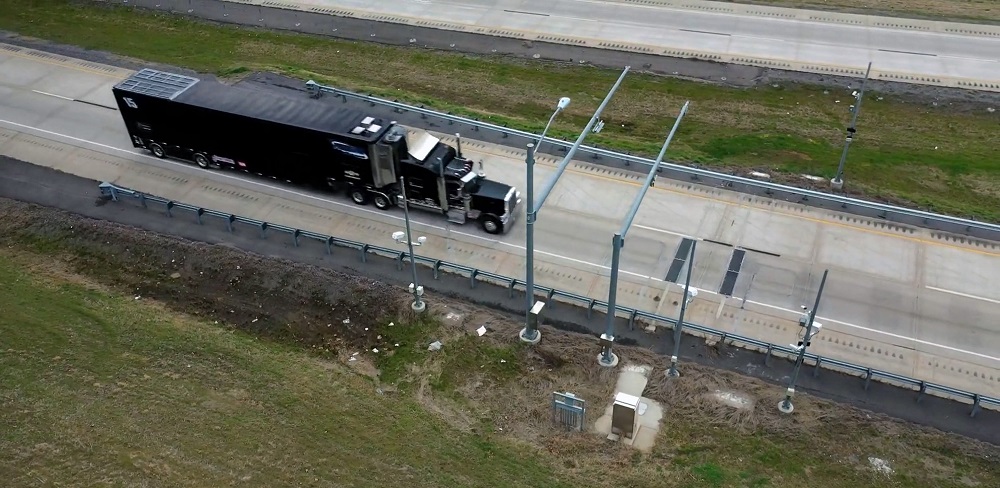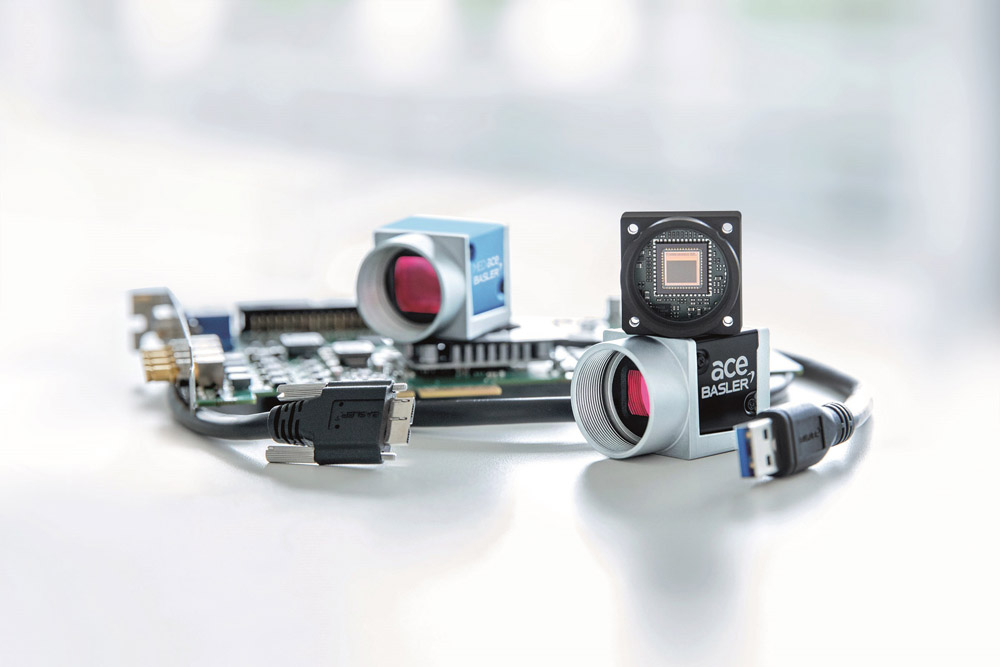
The use of artificial intelligence (AI) is already having positive effects in areas which pertain both peripherally and more directly to mobility and traffic management. Examples include its employment in voice recognition for Mobility as a Service (MaaS)-type applications and in self-driving vehicles.
AI is defined as “the theory and development of computer systems able to perform tasks normally requiring human intelligence, such as visual perception, speech recognition, decision-making, and translation between languages”.
It is a computing technology which exhibits learning capabilities far more akin to those of the human senses and brain than are exhibited by previous generations of IT. AI’s potential lies within its continual learning capabilities.
IRD’s AI development effort
International Road Dynamics (IRD) was established in Canada in 1980. The company is a specialist in the development and delivery of technology solutions which gather and interpret high-quality data with the intention of making road travel safe, efficient and enjoyable.
Worldwide, IRD has been a major contributor to the monitoring and safe operation of vehicles, and in particular commercial vehicles, and critical infrastructure such as bridges.
Many of the company’s solutions are non-vision-based. They include, for instance, fixed and portable sensors for Weigh in Motion (WiM) and in-ground sensors for safe, in-lane tyre safety screening.
IRD has also been an enthusiastic adopter and developer of non-intrusive (above-ground) technologies for traffic monitoring and tolling applications, such as RFID tags, GPS, radar and video and imaging systems.
More recently, and gathering pace over the last four years or so, IRD has been exploring ways in which the performance of vision-based systems can be enhanced. Specifically, it has been engaged in investigating and developing the suitability of AI technology as a means of better understanding imagery.
When setting out to develop an AI solution, IRD had several initial objectives. These included the creation of a validation tool for its existing WiM technology, thus greatly improving the efficiency of enforcement operations, as well as a viable, dependable solution for vision-based count and classification applications.
These efforts have resulted in production-ready systems — some of the first in the ITS sector.
Differentiating AI-based vision solutions
To understand why the emergence of AI is important, we need to differentiate between current-generation machine vision systems that require a level of human intervention or analysis, and smart camera-based systems that use machine learning and can operate without human input.
Key considerations relating to the operation of vision-based detection, monitoring, classification and vehicle identification systems are complexity and cost.

Machine vision, which is still considered by many to be the state of the art, caused a revolution in the ITS sector when first introduced. The technology combines very high-quality camera systems operating at very high frame rates with rapid image processing capabilities which enable real-time decision-making where this is needed.
Machine vision originated in manufacturing setting for process control, where environmental conditions — principally lighting — can be tightly controlled. Its transition into ITS usage involved a move into the outdoor environment. This required the development of new lens and lighting technologies and standards.
This was in order to normalise conditions in operating environments which can vary greatly because of weather and time of day.
The technology has proven itself useful in many scenarios. However, there remains a need for some manual intervention to disambiguate images and provide verification of content in more demanding applications.
Manual interventions increase the time taken to resolve situations and drive up costs. This can negate any advantage in real-time applications.
By comparison with machine vision, which typically uses a relatively small number of reference points within an image, AI uses many — literally millions — and each new image presented to an AI software engine increases its knowledge. This in turn increases the level of certainty which can be associated with image interpretation.
This not only shifts the state of the art in vision systems; it also enables a very high level of confidence in real-time applications for an appreciable reduction in operating costs.
Developing an AI system for vision-based traffic applications
‘Training’ a vision-based AI system takes time. It involves inputting a very large number (many thousands) of images; however, a well-trained AI solution can offer certainty levels which exceed 99%.
As a result, AI systems are capable of handling many different challenges which vision-based systems could not adequately cope with before.

Demonstrating the use of vision systems together with AI as a reliable method of counting and classifying is relatively simple to achieve in a proof-of-concept model. Value-engineering the concept into a practical, production-ready solution is rather more difficult. The differentiator for IRD is the level of development which has been undertaken, and the maturity of its AI offer.
Utility of AI-based vision systems in traffic applications
Vision-based AI is an above-ground solution. It is particularly suited to applications where lane closures or the cost of civil engineering work for installation of an in-ground alternative would be prohibitive. Vision- based AI can be readily deployed on busy or highly congested routes with minimal effect on traffic operations and reduced risk to operatives and road users.
In such circumstances, it can serve as the sole count and classify solution. In others, it can be used to complement other solutions such as in-ground WiM sensors used for enforcement or traffic data applications.
Where vision-based AI excels is in providing confirmation of results from other systems, resulting in improved accuracy and performance.
An example might be ascertaining whether the readings from an in- ground solution have detected a bus or a light truck, as these are vehicles which can be of a similar length but may be subject to different regulations.
It can also bring an additional element of checking and accuracy to enforcement in commercial vehicle operations.
For example, an in-ground, non-vision sensor may detect an abnormal axle loading. Automated visual inspection might then associate this with a tanker-trailer.
This is significant because the nature of the cargo carried by a tanker-trailer means that a load can shift while the vehicle is moving. The result is that the vehicle may not be overweight but individual axle readings may suggest otherwise. It therefore makes sense to have different enforcement parameters for tanker-trailers by comparison to such as box-trailers. AI vision systems greatly facilitate this.
In non-enforcement applications, such as classification, the main difference with the use of an expert system is in the levels of complexity which can be achieved.

IRD is already offering a vision-based AI solution which can successfully provide up to six vehicle classifications in live operations. A 13-class is currently being tested with live traffic but the number of classifications could be many more, potentially exceeding 100.
Demonstrating the utility of AI-based vision systems
As with many new technologies, the limitations of previous generations of solutions can colour market acceptance and take-up.
Vision-based AI is not just a development of existing technology; it is a whole new technology area offering a whole new level of performance, and it needs to be recognised as such.
To further this goal, IRD has formed a multi-disciplinary in-house work group. The work group has two main aims — to increase awareness and understanding of this new technology and to disseminate knowledge to existing customers and others outside the organisation.
Dissemination channels include face-to-face meetings, exhibitions and conferences. Visitors to IRD’s website can also see video clips which show the solution in operation.
Reception and future applications
Initial responses to the new solution have been favourable. Potential users are realising what is possible with the technology now at their disposal, and, increasingly, it is recognised that the market for the new solution is global and not just North American.

Customer feedback is already having a strong influence and it is clear that the technology offers significant potential beyond the originally conceived application set. An example is its use by the tolling industry, where it could be used to audit vehicle classification.
Status and availability
IRD’s vision-based AI solution is available as a commercial product. This includes, from delivery, the knowledge already accrued in the expert system — the AI element arrives with a high level of intrinsic ‘learning’.
This means that the solution can be operational almost immediately. However, in some instances, in order to satisfy localised count and classification requirements, there may need to be an additional period of machine learning once the technology is installed.
Conceptual and technological maturity has been confirmed by two years of successful testing with the New York State Department of Transportation, which holds the IRD vision-based AI system on its approved product list. It is therefore already a fully-vetted system.
ABOUT THE AUTHOR,
Roy Czinku is vice president, ITS solutions and maintenance services, at IRD












